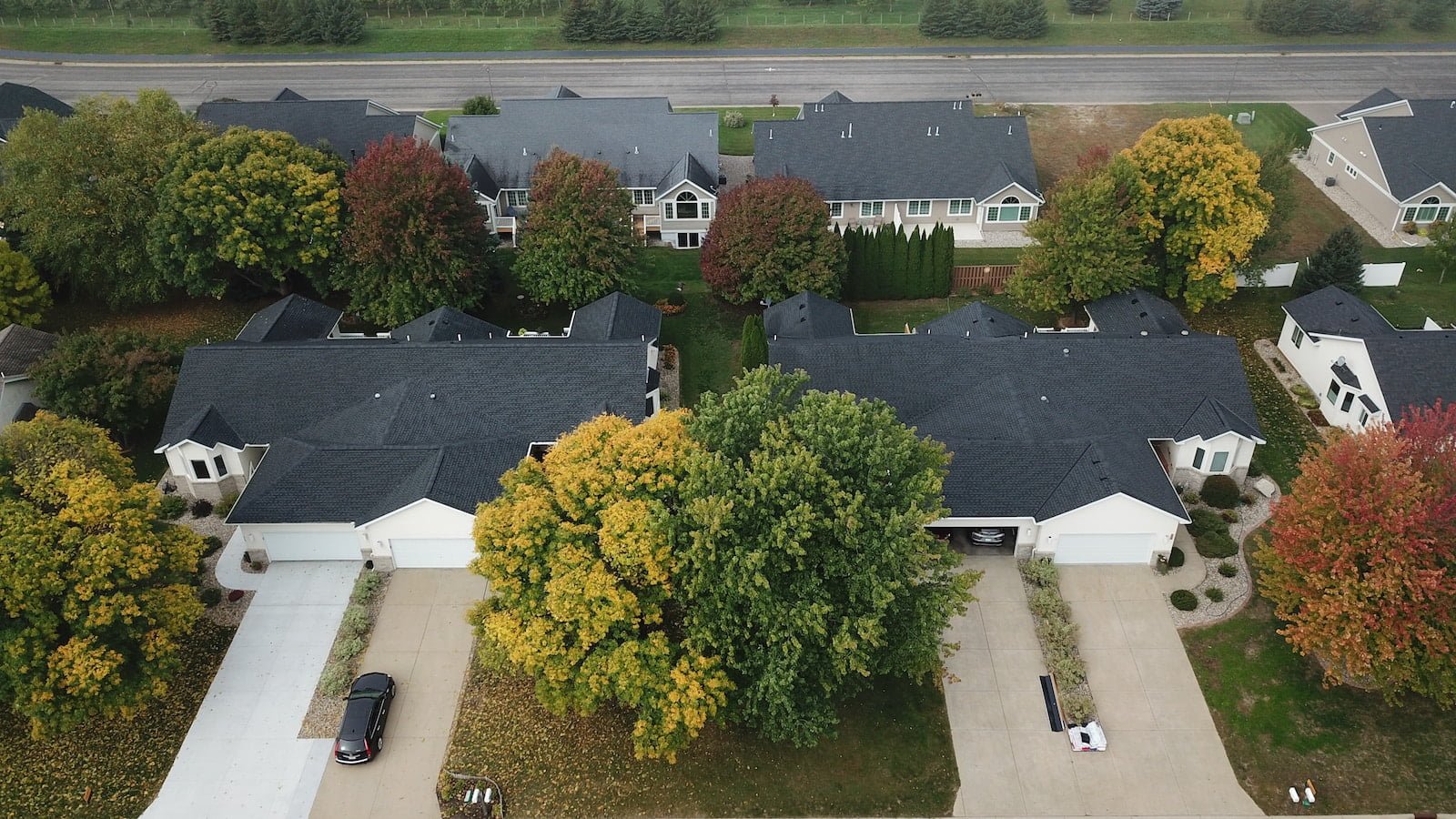Choosing Between Patching or Replacing Your Roof
When it comes to maintaining your roof, there are a lot of factors to consider. One of the biggest decisions you’ll face is whether to patch your roof or replace it altogether. This decision can be a difficult one, as there are pros and cons to both options. In this article, we’ll explore the importance of maintaining your roof, and take a closer look at the pros and cons of patching your roof vs replacing it. By the end, you’ll have a better understanding of which option is best for your particular situation.
The Pros and Cons of Patching Your Roof: The Benefits and Drawbacks of Patching, Including Cost Savings and Temporary Fixes
On one hand, patching your roof can be a cost-effective solution to minor issues. For example, if you have a small leak or a few missing shingles, patching can be a quick and relatively inexpensive fix. Additionally, patching can be a temporary solution to hold you over until you can afford a full roof replacement. This can be especially helpful if you’re on a tight budget or if your roof is relatively new and doesn’t need a full replacement yet.
On the other hand, patching your roof can have some drawbacks. First and foremost, patching is not a permanent solution. While it may fix the problem for a short time, the underlying issue will still be present and may resurface in the future. Additionally, patching can be a bit of a band-aid solution, as it doesn’t address any larger issues with your roof. Finally, if you’re not careful, patching can actually end up costing you more money in the long run. If you have to keep patching your roof every few months, those costs can add up quickly.
In conclusion, patching your roof can be a good option in some situations, but it’s important to weigh the pros and cons before making a decision. Consider the severity of the issue, the age of your roof, and your budget before deciding whether to patch or replace your roof. Ultimately, it’s important to prioritize the safety and longevity of your home, and to work with a reputable roofing professional to ensure that your roof is properly maintained and repaired.
The Pros and Cons of Replacing Your Roof: The Advantages and Disadvantages of a Full Replacement, Including Long-Term Durability and Higher Costs
One of the biggest advantages of a full roof replacement is the long-term durability it provides. A new roof can last anywhere from 15 to 50 years, depending on the materials used and the quality of installation. This means that you won’t have to worry about repairing or replacing your roof for a long time, which can save you money in the long run. Additionally, a new roof can increase the value of your home, making it a worthwhile investment if you plan on selling in the future.
However, a full roof replacement can also come with higher costs compared to simply repairing your roof. The cost of a new roof can vary depending on the type of materials used, the size of your roof, and the complexity of the installation. Additionally, a full roof replacement can be a time-consuming and disruptive process, as it requires removing the old roof and installing the new one. This can mean that you’ll need to temporarily relocate during the installation, which can add to the overall cost and inconvenience.
Ultimately, the decision to replace your roof will depend on your specific circumstances and budget. While a full replacement can provide long-term durability and increase the value of your home, it can also come with higher costs and inconveniences. It’s important to weigh the pros and cons carefully and consult with a professional roofing contractor before making a final decision.
Factors to Consider When Choosing Between Patching or Replacing
When it comes to deciding whether to patch or replace your roof, there are several factors to consider. Firstly, the age of your roof is an important factor to take into account. If your roof is relatively new and the damage is minor, patching may be a viable option. However, if your roof is old and has sustained significant damage, it may be time to consider a full replacement.
Another important factor to consider is the extent of the damage. If the damage is limited to a small area of your roof, patching may be a quick and cost-effective solution. However, if the damage is widespread and affects the structural integrity of your roof, a replacement may be necessary.
Lastly, your budget is a crucial factor to consider when making this decision. Patching is generally a more affordable option, but it may not be a long-term solution. On the other hand, a full replacement may be a more expensive upfront cost, but it can provide peace of mind and save you money in the long run.
In summary, when deciding between patching or replacing your roof, consider the age of your roof, the extent of the damage, and your budget. By taking these factors into account, you can make an informed decision that will ensure the safety and longevity of your home.
Conclusion and Recommendations
In conclusion, choosing the right roofing system for your home is a vital decision that requires careful consideration. It is important to take into account your specific circumstances and needs, such as your budget, climate, and style preferences. By doing so, you can ensure that your roof will provide you with the protection and aesthetic appeal that you desire.
Based on the key points discussed in this article, we recommend that you consider the following when making your decision:
- Material: Choose a material that is durable, weather-resistant, and energy-efficient.
- Style: Select a style that complements the architecture of your home and enhances its curb appeal.
- Contractor: Hire a reputable and experienced contractor who can provide you with quality workmanship and reliable service.
- Maintenance: Regularly maintain your roof to prevent damage and prolong its lifespan.
By following these recommendations, you can make the best decision for your roof and ensure that it will serve you well for years to come.

